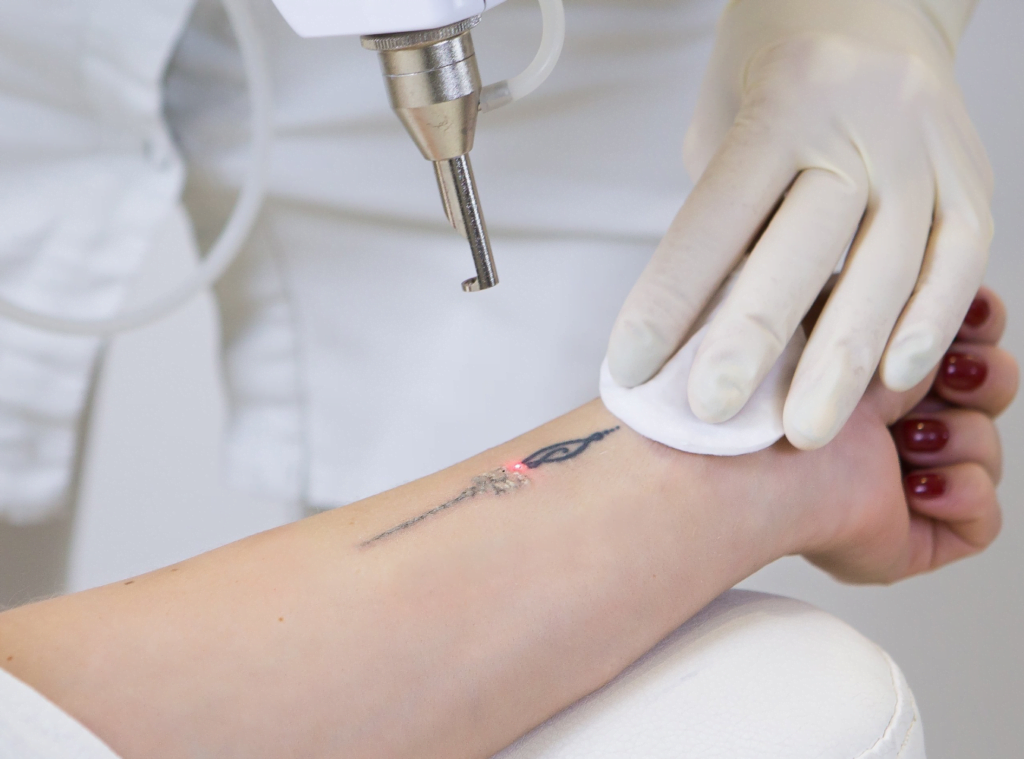
What is Tatto Removal?
Tattoo removal is a procedure done to try to remove an unwanted tattoo. Common techniques used for tattoo removal include laser surgery, surgical removal and dermabrasion.
Tattoo ink is placed beneath the top layer of the skin. That makes tattoo removal more complicated — and expensive — than the original tattoo application.
If you’re interested in tattoo removal, consult a doctor about the options. Don’t attempt tattoo removal on your own. Do-it-yourself tattoo removal creams and other home treatments aren’t likely to be effective and can cause skin irritation or other reactions.
Why it's done?
You might consider tattoo removal if you regret a tattoo or you’re unhappy with the appearance of your tattoo. Perhaps the tattoo has faded or blurred, or you decide that the tattoo doesn’t fit your current image.
Tattoo removal might also be important if you develop an allergic reaction to the tattoo or other complications, such as an infection.
How do you prepare?
If you’re considering tattoo removal, consult a cosmetologist. He or she can explain the options for tattoo removal and help you choose the method that’s most likely to be effective for your tattoo.
For example, some tattoo inks are more responsive to laser treatment than are others. Likewise, small tattoos might be good candidates for surgical removal, while others are simply too large to remove with a scalpel.
What you can expect?
Tattoo removal is often done as an outpatient procedure with local anesthesia. Common techniques for tattoo removal include laser surgery, surgical removal and dermabrasion.
Aftercare
Q-switched lasers — which release energy in a single, powerful pulse — are often the treatment of choice for tattoo removal. A special type of laser — called a Q-switched Nd:YAG — might be used on darker skin to avoid changing the skin’s pigment permanently.
Before laser treatment, the skin is numbed with an injection of a local anesthetic. Then a powerful pulse of energy is applied to the tattoo to heat and shatter the tattoo ink. Multicolored tattoos might need treatment with various lasers and different wavelengths.
After the procedure, you might notice swelling and possibly blistering or bleeding. Antibacterial ointment can help promote healing. You’ll likely need repeated sessions to lighten the tattoo, and it might not be possible to completely erase the tattoo.

With access to
24 Hour
Emergency
Assistance
Get Help When You Need It Most!
Our team is dedicated to solve any concerns you come across.


